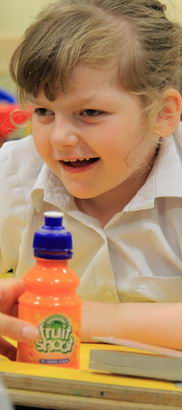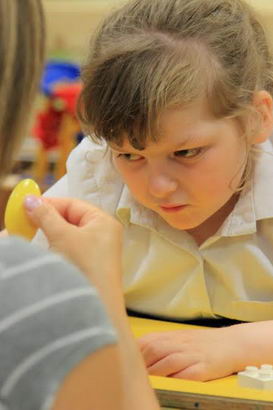
Sigmund Freud's focus interest was the unconscious self. His ideas are not empirically testable but are enormously influential:
- The unconscious: mental activity inaccessible to the self.
- Id: the primary drive; motivated by pleasure alone – impulses, emotions, desires; present from birth.
- Libido: 'an unconscious drive [providing] the energy and motivation for all development'; primarily sexual; present from birth.
- Ego: channels id and libido impulses into socially acceptable outlets; maintains balance between id and super ego; emerges at ages two-five years.
- Super ego: internalised parental restraint (same sex parent).
(See: Tilstone and Layton, 2004)
[Freud] believed that the way in which gratification of urges is handled during each of these stages determines
the nature of an adult's personality and character.
Levine and Munsch, 2011
0-1 years Oral stage (mouth, lips, tongue); task - weaning
1-3 years Anal stage (anus); task – toilet training
3-5 years Phallic stage (genitals); task – identification with same sex parent (Oedipus complex)
5-12 years Latent stage (no activity); task – ego defence mechanisms
12+ years Genital stage (genitals); working towards mature sexual intimacy
(Adapted from Bee and Boyd, 2010)
We should pay particular attention to the Freudian view that the handling of challenging behaviour ...
is instrumental in determining the adult personality ... some challenging behaviour may be the acting out of id impulses for
which a socially acceptable outlet could be substituted ... challenging behaviour can be understood as a response that [possibly]
has meaning for the person who engages in it ...
Tilstone and Layton, 2004

Erik Erikson was interested in the conscious self and the development of identity in the context of environment and culture. He proposed eight psycho-social stages of life span development, five of which are based in childhood.
Each stage is associated with a developmental crisis, and 'developmental tasks' or skills enabling optimal child development. Important factors in the task at each stage include:
- The child's interaction with adults and their responses.
- The child's level of success in achieving earlier tasks.
(See Tilstone and Layton, 2004; Bee and Boyd, 2010)

An outline of the first five of eight psychosocial stages/conflicts/tasks is below. For a fuller overview refer to Tilstone and Layton (2004) and Bee (2010).
0-1 years trust vs mistrust
Task: develop trust in the primary caregiver, and in own causal ability
2-3 years autonomy vs shame
Task: Develop physical skills leading to free choice; complete toilet training
4-5 years initiative vs guilt
Task: Organise goal-oriented activities; become more assertive
6-12 years industry vs inferiority
Task: assimilate cultural skills and norms
13-20 years identity vs role confusion
Adaption to puberty and achieve sexual identity; adopt new values; make occupational choice.
(Adapted from Bee and Boyd, 2010)
The theory of attachment was initially proposed by John Bowlby (1907-1990) in the 1950s. He wrote:
The propensity to make strong emotional bonds to particular individuals is a basic component of human
nature.
Bowlby, 1988
Attachment theory is the study of how we attach to people in the early stages of our development, and
its impact on how we view ourselves and develop relationships throughout our lives.
Golding, 2008
Attachments and relationships ...help us to maintain our emotional wellbeing.
CLDD Research Project, 2010
Bowlby's ideas have been further developed by Mary Ainsworth, Mary Main and Kim Golding.
Erikson and Freud believed that a child's relationship with their primary caregiver would affect subsequent relationships throughout life (Bee and Boyd, 2010).
Research [in the area of attachment] provides a good deal of support for the basic psychoanalytic hypothesis
that the quality of a child's earliest relationship affects the whole course of her later development.
Bee and Boyd, 2010
To read more on attachment click here.
A summary sheet and more extensive information sheet are available here.
In the context of Erikson's first two psycho-social stages, research how as an educator you can support the children you work with to:
- Develop trust and move away
from mistrust. - Develop autonomy and move away
from doubt.

Bee, H. and Boyd, D. (2010) The Developing Child (12th edition). New York: Allyn & Bacon.
Levine, L.E. and Munsch, J. (2011) Child Development: An active learning approach. London: Sage.
Tilstone, C. and Layton, L. (2004) Child Development and Teaching Pupils with Special Educational Needs. London: Routledge

Bowlby, J. (1988) A Secure Base. New York: Basic Books.
Complex Learning Difficulties and Disabilities Research Project (2011) 'Attachment' (Information sheet).
Golding, K. (2008) Nurturing Attachments: Supporting children who are fostered or adopted. London: Jessica Kingsley Publishers.